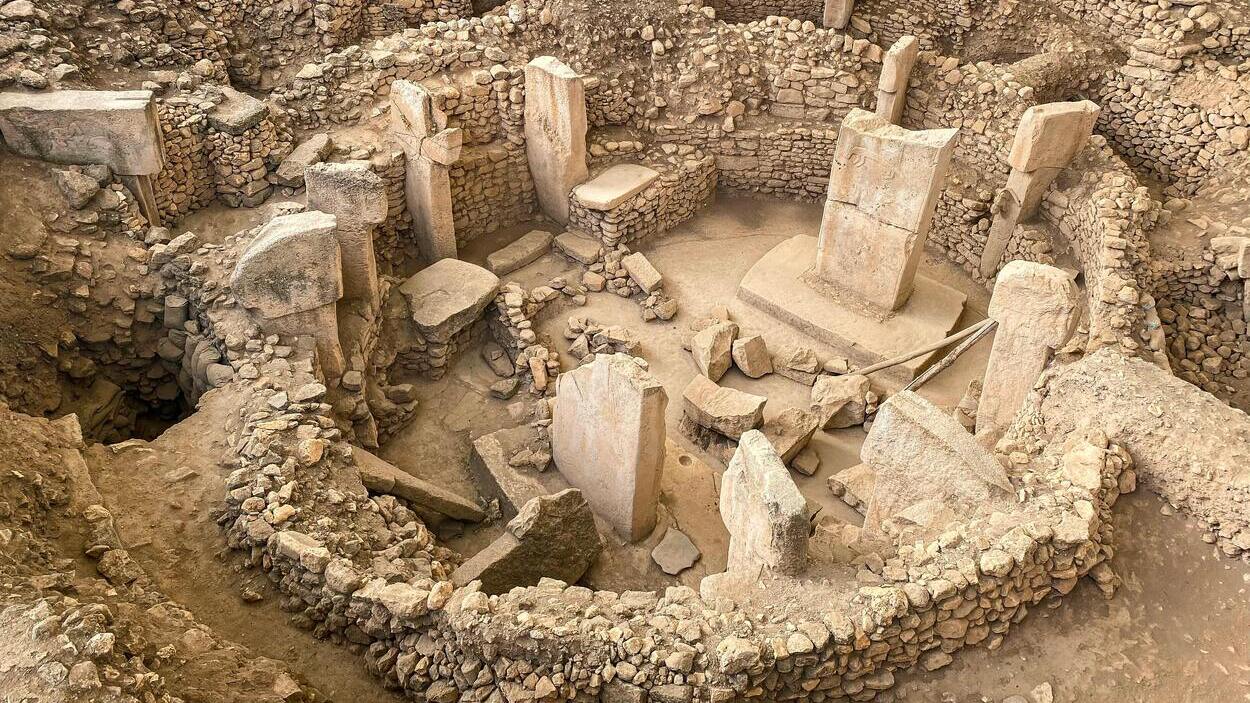Science
This Daily Drink Changes Your Heart and Gut, Scientists Say
16 December 2025

In southwestern Turkey, nestled among the fields and limestone hills of Anatolia, archaeologists found the remains of a 4,500-year-old fortress. Preserved within its ruins were vessels, figurines, and grape seeds—nearly untouched traces of the daily lives of people who inhabited this region as the first civilizations emerged. This major find sheds new light on ancient discoveries in turkey.
The inconspicuous hill, a silent keeper of secrets, sits in the Büyük Menderes River valley in Turkey. Its secret, hidden for millennia, is now finally unveiled, transporting us to a time when Greeks and Anatolians shared a common sky, though not always common peace.
In the center of the Denizli province, beneath deep layers of earth, archaeologists uncovered the remains of an ancient fortress. It was built overlooking the valley around 280 B.C. during a period of warfare in Anatolia between the Galatians and the Seleucid Empire. Significantly, the preserved walls inspired further discovery. Who built such a massive structure? And whom did they watch from a place that dominated the valley?
Aşağıseyit is a unique site because, unusually, no new dwellings were ever built atop it later. This simplified the archaeologists’ task, allowing them to view its original, undisturbed layout and learn more about the customs and capabilities of its prehistoric inhabitants.
Dr. Erim Konakçı from Izmir Democracy University, who led the archaeological research, believes that the Aşağıseyit fortress may have been one of many observation points the Seleucids built after their victory in the Battle of the Elephants, serving as a vigilant, long-term guardian of the valleys.
Aşağıseyit is not a marker of just one epoch. On the contrary, researchers found eight different levels of settlement here. Each layer originates from a different chapter of Anatolian history, ranging from the Late Chalcolithic period right up to Roman times.
“Each layer at Aşağıseyit tells its own story—from Bronze Age dwellings to Hellenistic fortifications—offering a unique opportunity to trace the transformation of life in Anatolia over thousands of years,” said Dr. Erim Konakçı, the study’s director, quoted by Greekreporter.com.
It is as if thousands of years of human life—its work, culture, faith, and fear—gathered in one place. Although the stone walls are a treat for scientists, another excavation became an even greater sensation.
Archaeologists stumbled upon four burnt homes dating back to approximately 2800 B.C. One might assume the remains would be charred and unreadable. Nothing could be further from the truth. Incredibly, valuable artifacts survived inside one of the buildings.
Among the ashes, scientists found everyday items. These included vessels, figurines, and tools made of bronze and bone. These are not ordinary remains; they are a kind of time capsule that allows archaeologists to peer into the daily lives of the people who lived there, even after thousands of years.
“The burned house represents not only a tragic event but also a time capsule. Thanks to its layer of destruction, we can reconstruct the patterns of diet, craftsmanship, and beliefs that shaped the daily lives of these ancient inhabitants,” adds Dr. Konakçı.
Importantly, the researchers write in an article published in the journal Dergik Park Akademik that they also found traces of ancient rituals and religion. They came across infant burials in clay pots. However, this was not the most surprising find.
Among the remains of the burnt house, experts noticed grape seeds. While these are simply the residue of fruit, they hold immense significance for the researchers.
This is clear evidence that grapes, for which the vineyards of the Çal region are now famous, appeared as early as 4,500 years ago. Furthermore, the experts’ research confirmed that ancient people cultivated wheat and figs. This serves as proof of the continuity of nature, which has preserved its natural bounty despite many obstacles, years, and evolution. This find is a highlight among recent ancient discoveries in turkey.
The latest discoveries of ancient Anatolian settlement clearly show that this place was not merely an observation post but a hub for many different cultures. Although archaeological research has been ongoing in these lands since 2001, valuable excavations and objects can still be found there.
Turkey conceals some of the oldest and most fascinating archaeological sites in the world. Each of them sheds new light on the beginnings of civilization and the development of human culture.
It is the oldest known place of worship in the world, showing that people already possessed complex beliefs and building skills 11,500 years ago.
They found a 2.45-meter (8-foot) statue of a man and a vulture sculpture, considered some of the most important works of prehistoric art.
It provided valuable information about Neolithic architecture and culture, helping us better understand the lives of people at the beginning of settlement.
Read this article in Polish: Odkryto fortecę sprzed 4500 lat. A w niej ślady życia sprzed wieków